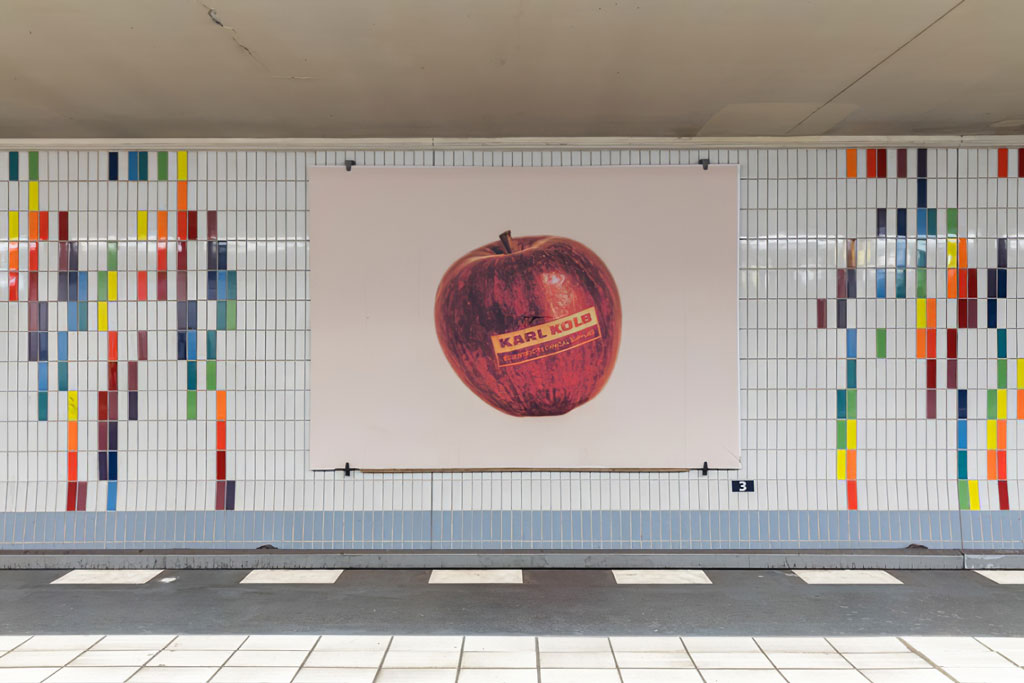ART-PREVIEW:Up in Arms
![]() The arms industry is regularly embroiled in controversy when it is revealed that representatives of the arms trade sit on the board of New York’s Whitney Museum, when the suspension of German arms exports to Saudi Arabia is only short term or when the arms trade plays a big part in European border control. The project “Up in Arms” brings these issues into the exhibition space, calls for transparency in the arms trade and highlights its local as well as global connections.
The arms industry is regularly embroiled in controversy when it is revealed that representatives of the arms trade sit on the board of New York’s Whitney Museum, when the suspension of German arms exports to Saudi Arabia is only short term or when the arms trade plays a big part in European border control. The project “Up in Arms” brings these issues into the exhibition space, calls for transparency in the arms trade and highlights its local as well as global connections.
By Dimitris Lempesis
Photo: nGbK Archive
The exhibition “Up in Arms” has its focus on the downsides of the industry. Through artworks, the project affords a more detailed insight into the arms trade and its often overlooked ramifications. The artist Hito Steyerl investigates the origins of a machine gun bullet that killed a friend, thereby revealing links between the arms industry and the art world. Lana Čmajčanin’s work maps the use of the FN M1910 handgun and shows where this pistol has influenced world history. Other artists have visited armament trade fairs and illustrate their absurdity in various works. The exhibition shows works by artists who have personally encountered weapons and violence alongside material documenting the arms industry’s historical and global network. Metaphorically, the artworks shed light on the arms trade’s network. Its ramifications need to be made more tangible, because security never means the safety of all people, defense is always defense against others and a diplomacy which serves the interests of the arms industry is not a diplomatic solution. “Up in Arms” is an exhibition and research project that deals with the structures of the local and international arms industry. The exhibition presents the perspectives of artists and their critical analysis of the industry. Additionally, artworks installed in public space – as part of the 2019 “Art in the Underground” are: “Dual-Use” (2019) by Miro Kaygalak, the work deals with the use of products for civil as well as military purposes. Two posters show a labeled apple and play with its ›dual‹ use: while companies in Germany use laser-labeled fruit as an advertising vehicle for their products the apple has very different symbolic power in connection with events in northern Iraq in 1988. The poison gas used against Kurdish people by Saddam Hussein smelled of apples. This event is inscribed in the collective memory of the victims. The artist now juxtaposes one of the 5.000 victims names with the name of a company that was instrumental in the manufacture and delivery of equipment used in Iraq for the production of poison gas. Alexis Dworsky in collaboration with Cajus Heinzmann present “Fitte Kadenz”: A group of joggers is running in drill through Berlin. As they run, they repeat a cadence chant sung by their ›drill instructor‹, a freestyle hip-hopper. “Fitte Kadenz” is a performative choreography in public space, focusing on covert militarism in our everyday culture and the activities of the arms industry in Berlin. Three runs through Mitte, Kreuzberg and Tempelhof will pass arms companies’ premises, sites of former arms production and offices of arms-critical organisations. How does insuring one person correlate to pointing a gun at another? Few customers of large German insurance companies know that their payments may well be used as investments in the bonds and shares of arms manufacturers. Using the artistic-activist strategy of adbusting, Josefine Günschel in “VERSICHERN | ENTSICHERN” reveals connections between everyday life and the arms industry in the case of two Berlin-based companies. The global arms race is often justified for peacekeeping reasons, yet the opposite is the case: the sheer existence of weapons is a threat of violence in itself and is a form of structural violence. Stephanie Hanna’s floor poster “Worauf basiert Frieden?” refers to a Persian carpet or an Afghan war carpet. Its central question »What is peace based on?« is translated into numerous languages and spun into a delicate pattern whose underlying motifs can only be recognized as weapon illustrations at a second glance. Miro Kaygalak’s work “Dual-Use” deals with the use of products for civil as well as military purposes. Two posters show a labeled apple and play with its ›dual‹ use: while companies in Germany use laser-labeled fruit as an advertising vehicle for their products the apple has very different symbolic power in connection with events in northern Iraq in 1988. The poison gas used against Kurdish people by Saddam Hussein smelled of apples. This event is inscribed in the collective memory of the victims. The artist now juxtaposes one of the 5.000 victims names with the name of a company that was instrumental in the manufacture and delivery of equipment used in Iraq for the production of poison gas. Beatrice Schuett Moumdjian‘s collage-type poster series “Forensic Excavations Inventory or The Total Deconstruction of an Armenian Family” deals with the role of German arms manufacturers in the context of her family‘s history and the Armenian genocide during the First World War. The artist uses the archaeological method of ›Forensic Excavations Inventory‹ to research her family biography. In doing so, she positions herself against a historicisation of the genocide and instead contextualises it in present day urban Berlin. The artwork points to the repercussions of war, to the legacy of death, flight and migration still felt several generations later.
Art in the Underground: Online map.
Info: neue Gesellschaft für bildende Kunst (nGbK), Kunstraum Kreuzberg/Bethanien, Mariannenplatz 2, Berlin, Duration: 28/9-15/12/19, Days & Hours: Daily 11:00-20:00, https://ngbk.de

